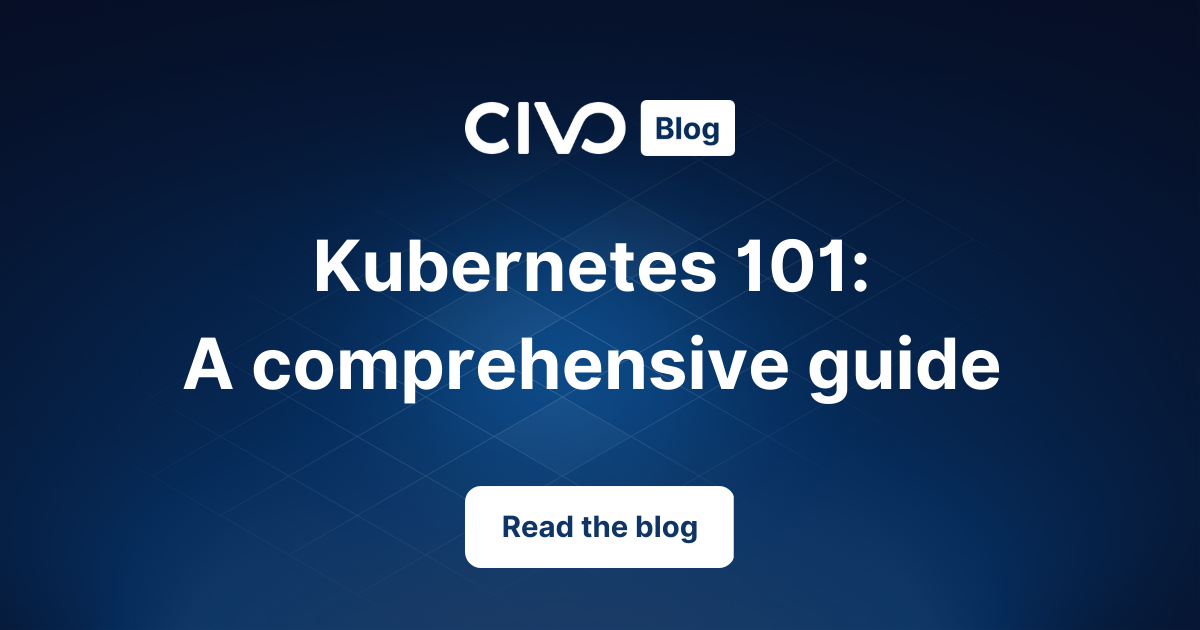Kubernetes Access Control Stages
Civo Academy - Kubernetes Access Control Stages
Description
Welcome to this lesson on Kubernetes access control stages. It offers a dive into the Kubernetes Access Control Stages, ensuring you grasp the systematic strategies involved. Let's delve into the secrets of Kubernetes access control, which comprises three pivotal stages: authentication, authorization, and admission.
Authentication: The First Step
Whenever a request emerges, the authentication process kicks in. It's here that the system checks the validity of the credentials embedded within the request. If the credentials are found lacking or completely invalid, the request is promptly rejected. This step guarantees that only legitimate users can proceed further.
Authorization: The Gatekeeper
Following authentication is the authorization stage. It's not enough to be authenticated; the system must also determine if the authenticated user has the necessary permissions to carry out the desired action. If the user lacks the required permissions, the request is halted right here, ensuring that only authorized actions are executed.
Admission: The Final Verdict
The last stage is the admission phase, which introduces us to the admission controllers. These are a set of rules and policies applied to the entire cluster. Every incoming request is scrutinized against these policies. If a request aligns with all the established rules, it's allowed to pass. However, any request that violates these policies faces rejection at this stage.
In essence, these are the three systematic stages that every request undergoes in Kubernetes access control. By understanding and implementing these stages effectively, one can ensure a secure and efficient Kubernetes environment.
These may also be of interest

Kubernetes 101: A comprehensive guide
Learn all about Kubernetes, including its features, benefits, and advanced topics such as networking, storage, security, and operators.

Guides for kubernetes-security
Protect your Kubernetes cluster and apps from security threats with our comprehensive tutorials. Build a strong security foundation today!

Solving the Never Ending Requirements of Authorization
Discover a better way to handle authorization challenges in software systems and learn about a more efficient and scalable solution using an authorization service called Cerbos.
